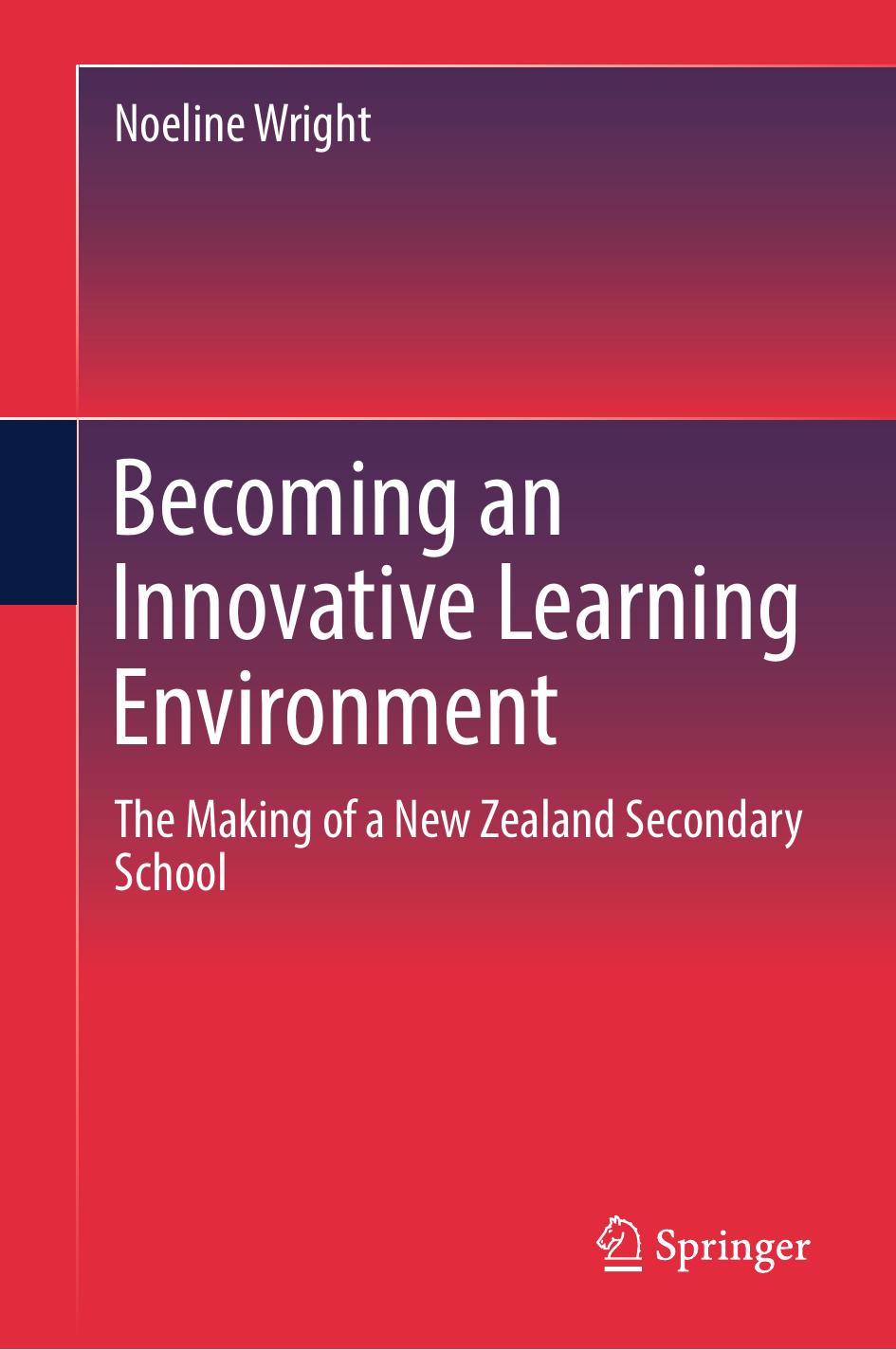Becoming an Innovative Learning Environment by Noeline Wright

Author:Noeline Wright
Language: eng
Format: epub, pdf
Publisher: Springer Singapore, Singapore
Nearly two decades ago, Goodson (1992), commenting on the development of a national curriculum in the United Kingdom, noted that curriculum documents tend to ignore sociocultural perspectives in their structure. Yet, schools—particularly secondary schools—are ‘sociopolitical institutions in which subjects compete for status and resources’ (1992, p. 19). The competition relates to both subject prestige and allocations of physical and material resources. Denscombe (2012), two decades later, observed the continued ‘closed’ (2012, p. 19) nature of many secondary school classrooms in the sense of being closed off from curriculum and pedagogical connections with other subjects as well as physical separation. He argued that it was time for school to ‘break from a myopic focus on the conventional and commonplace if it is to offer analyses pertinent to educational development’ (2012, p. 50). Open classrooms, he suggested, offer much greater scope for integrating subjects and different social groupings, and altering the balance in the relationships between students and teachers. One inference is that such spaces are about connections-physical, dispositional, social and pedagogical. In such cases, the competition for resources is less pronounced because the resources, pedagogical thinking, and curriculum responsibilities are shared. The teacher’s role ‘becomes that of a non-authoritarian “catalyst” to learning’ while students have a greater opportunity to have agency and decision-making about their learning. This shift from closed to open, he proposed, better emphasises ‘self-motivation and self-discipline at school’ (Denscombe, 2012, p. 51). He appears to be emphasising how those in schools can better leverage the sociopolitical nature of their context to weaken the need to compete for resources, especially if a greater degree of openness, cooperation and student-centred learning can flourish. Openness then is as much a state of mind as it is about learning spaces, and may better link to Goodson’s view that sociocultural perspectives are important in classrooms.
Lichtman (2014, p. xvi) argued that traditional schools (and he was talking mainly about the US context) are characterised by the following:outdated industrial structures based on single subject, single-classroom space, and student age;
Download
Becoming an Innovative Learning Environment by Noeline Wright.pdf
This site does not store any files on its server. We only index and link to content provided by other sites. Please contact the content providers to delete copyright contents if any and email us, we'll remove relevant links or contents immediately.
The Art of Coaching Workbook by Elena Aguilar(51081)
Trainspotting by Irvine Welsh(21573)
Twilight of the Idols With the Antichrist and Ecce Homo by Friedrich Nietzsche(18571)
Fangirl by Rainbow Rowell(9179)
Periodization Training for Sports by Tudor Bompa(8215)
Change Your Questions, Change Your Life by Marilee Adams(7689)
This Is How You Lose Her by Junot Diaz(6836)
Asking the Right Questions: A Guide to Critical Thinking by M. Neil Browne & Stuart M. Keeley(5711)
Grit by Angela Duckworth(5557)
Red Sparrow by Jason Matthews(5428)
Paper Towns by Green John(5141)
Room 212 by Kate Stewart(5073)
Ken Follett - World without end by Ken Follett(4685)
Housekeeping by Marilynne Robinson(4398)
The Sports Rules Book by Human Kinetics(4348)
Double Down (Diary of a Wimpy Kid Book 11) by Jeff Kinney(4243)
Papillon (English) by Henri Charrière(4229)
The Motorcycle Diaries by Ernesto Che Guevara(4054)
Exercise Technique Manual for Resistance Training by National Strength & Conditioning Association(4023)
